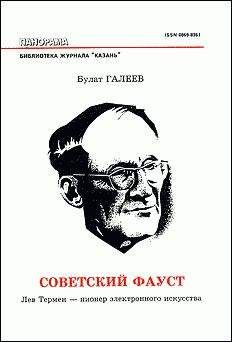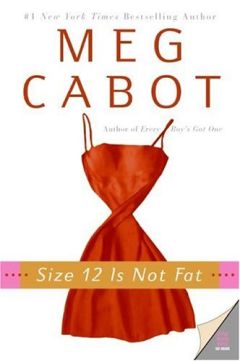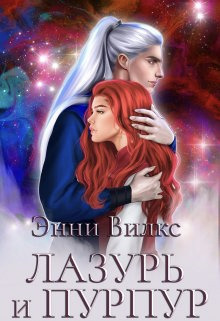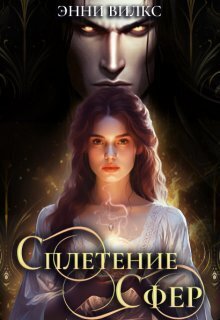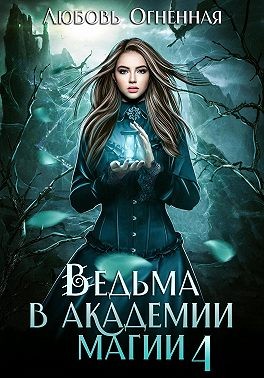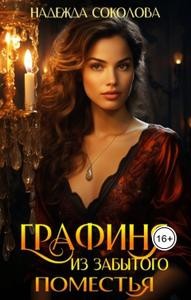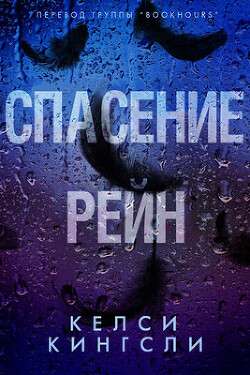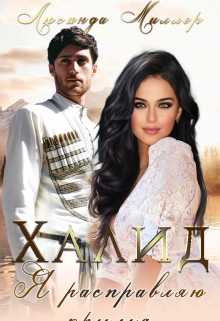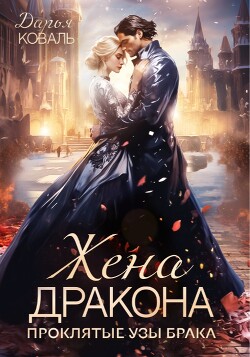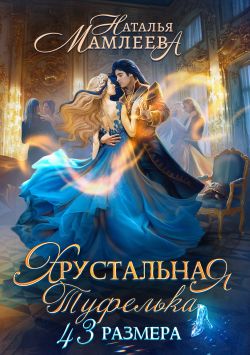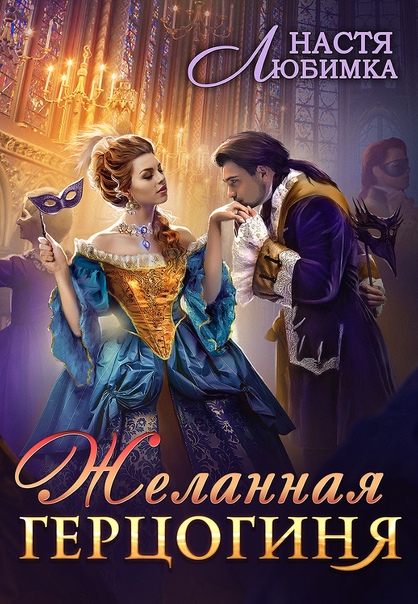Robert Jordan - The Gathering Storm
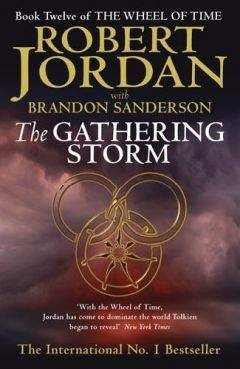
Помощь проекту
The Gathering Storm читать книгу онлайн
Aelfinn: A race of beings, largely human in appearance but with snake-like characteristics, who will give true answers to three questions. Whatever the question, their answers are always correct, if frequently given in forms that are not clear, but questions concerning the Shadow can be extremely dangerous. Their true location is unknown, but they can be visited by passing through a ter'angreal, once a possession of Mayene but in recent years held in the Stone of Tear. There are reports that they can also be reached by entering the Tower of Ghenjei. They speak the Old Tongue, mention treaties and agreements and ask if those entering carry iron, instruments of music or devices that can make fire. See also Eelfinn.
Arad Doman: A nation on the Aryth Ocean, currently racked by civil war and by wars against those who have declared for the Dragon Reborn. Its capital is Bandar Eban, where many of its people have come for refuge. Food is scarce. In Arad Doman, those who are descended from the nobility at the time of the founding of the nation, as opposed to those raised later, are known as the bloodborn. The ruler (king or queen) is elected by a council of the heads of merchant guilds (the Council of Merchants), who are almost always women. He or she must be from the noble class, not the merchant, and is elected for life. Legally the king or queen has absolute authority, except that he or she can be deposed by a three-quarter vote of the Council. The current ruler is King Alsalam Saeed Almadar, Lord of Almadar, High Seat of House Almadar. His present whereabouts are much shrouded in mystery.
Area, units of: (1) Land: 1 ribbon = 20 paces X 10 paces (200 square paces); 1 cord = 20 paces X 50 paces (1000 square paces); 1 hide = 100 paces X 100 paces (10,000 square paces); 1 rope = 100 paces X 1000 paces (100,000 square paces); 1 march = 1000 paces X 1000 paces (lA square mile). (2) Cloth: 1 pace = 1 pace plus 1 hand X 1 pace plus 1 hand.
Asha'man: (1) In the Old Tongue, "Guardian" or "Guardians," but always a guardian of justice and truth. (2) The name given, both collectively and as a rank, to the men who have come to the Black Tower, near Caemlyn in Andor, in order to learn to channel. Their training largely concentrates on the ways in which the One Power can be used as a weapon, and in another departure from the usages of the White Tower, once they learn to seize saidin, the male half of the Power, they are required to perform all chores and labors with the Power. When newly enrolled, a man is termed a Soldier; he wears a plain black coat with a high collar, in the Andoran fashion. Being raised to Dedicated brings the right to wear a silver pin, called the Sword, on the collar of his coat. Promotion to Asha'man brings the right to wear a Dragon pin, in gold and red enamel, on the collar opposite the Sword. Although many women, including wives, flee when they learn that their men actually can channel, a fair number of men at the Black Tower are married, and they use a version of the Warder bond to create a link with their wives. This same bond, altered to compel obedience, has recently been used to bond captured Aes Sedai as well. Some Asha'man have been bonded by Aes Sedai, although the traditional Warder bond is used. The Asha'man are led by Mazrim Taim, who has styled himself the M'Hael, Old Tongue for "leader."
Band of the Red Hand: see Shen an Calbar.
Blood, the: Term used by the Seanchan to designate the nobility. There are four degrees of nobility, two of the High Blood and two of the low, or lesser, Blood. The High Blood let their fingernails grow to a length of one inch and shave the sides of their heads, leaving a crest down the center, narrower for men than for women. The length of this crest varies according to fashion. The low Blood also grow their fingernails long, but they shave the sides and back of the head, leaving what appears to be a bowl of hair, with a wide tail at the back allowed to grow longer, often to the shoulder for men or to the waist for women. Those of the highest level of the High Blood are called High Lady or High Lord and lacquer the first two fingernails on each hand. Those of the next level of the High Blood are called simply Lord or Lady and lacquer only the nails of the forefingers. Those of the low Blood also are called simply Lady or Lord, but those of the higher rank lacquer the nails of the last two fingers on each hand, while those on the lowest level lacquer only the nails of the little fingers. The Empress and immediate members of the Imperial family shave their heads entirely and lacquer all of their fingernails One can be raised to the Blood as well as born to it, and this is frequently a reward for outstanding accomplishment or service to the Empire.
Brown Ajah Council: The Brown Ajah is headed by a council instead of an individual Aes Sedai. The current head of the council is Jesse Bilal in the White Tower; the other members in the White Tower and all of those in the rebel camp are unknown.
Captain-General: The title given to the head of the Green Ajah. This position is currently held by Adelorna Bastine in the White Tower, and Myrelle Berengari among the rebel faction.
calendar: There are 10 days to the week, 28 days to the month and 13 months to the year. Several feast days are not part of any month; these include Sunday (the longest day of the year), the Feast of Thanksgiving (once every four years at the spring equinox) and the Feast of All Souls Salvation, also called All Souls Day (once every ten years at the autumn equinox). While the months have names (Taisham, Jumara, Saban, Aine, Adar, Saven, Amadaine, Tammaz, Maigdhal, Choren, Shaldine, Nesan and Danu), these are seldom used except in official documents and by officials. For most people, using the seasons is good enough.
Children of the Light: Society of strict ascetic beliefs, owing allegiance to no nation and dedicated to the defeat of the Dark One and the destruction of all Darkfriends. Founded during the War of the Hundred Years by Lothair Mantelar to proselytize against an increase in Darkfriends, they evolved during the war into a completely military society. They are extremely rigid in their beliefs, and certain that only they know the truth and the right. They consider Aes Sedai and any who support them to be Darkfriends. Known disparagingly as Whitecloaks, a name they themselves despise, they were formerly headquartered in Amador, Amadicia, but were forced out when the Seanchan conquered the city. Galad Damodred became Lord Captain Commander after he killed Eamon Valda in a duel for assaulting his stepmother, Morgase. Valda's death produced a schism in the organization, with Galad leading one faction, and Rhadam Asunawa, High Inquisitor of the Hand of the Light, leading the other. Their sign is a golden sunburst on a field of white. See also Questioners.
Commentary on the Dragon: A book by Sajius of which little is known.
Comprehensive Discussion of P re-Breaking Relics, A: A book of which little is known (other than its title).
Corenne: In the Old Tongue, "the Return." The name given by the Seanchan both to the fleet of thousands of ships and to the hundreds of thousands of soidiers, craftsmen and others carried by those ships, who came behind the Forerunners to reclaim the lands stolen from Artur Hawkwing's descendants. The Corenne is led by Captain-General Lunal Galgan. See also Hailene, Rbyagelle.
cuendillar: A supposedly indestructible substance created during the Age of Legends. Any known force used in an attempt to break it, including the One Power, is absorbed, making cuendillar stronger. Although the making of cuendillar was thought lost forever, new objects made from it have surfaced. It is also known as heartstone.
currency: After many centuries of trade, the standard terms for coins are the same in every land: crowns (the largest coin in size), marks and pennies. Crowns and marks can be minted of gold or silver, while pennies can be silver or copper, the last often called simply a copper. In different lands, however, these coins are of different sizes and weights. Even in one nation, coins of different sizes and weights have been minted by different rulers. Because of trade, the coins of many nations can be found almost anywhere, and for that reason, bankers, moneylenders and merchants all use scales to determine the value of any given coin. Even large numbers of coins are weighed.
The heaviest coins come from Andor and Tar Valon, and in those two places the relative values are: 10 copper pennies = 1 silver penny; 100 silver pennies = 1 silver mark; 10 silver marks = 1 silver crown; 10 silver crowns = 1 gold mark; 10 gold marks = 1 gold crown. By contrast, in Altara, where the larger coins contain less gold or silver, the relative values are: 10 copper pennies = 1 silver penny; 21 silver pennies = 1 silver mark; 20 silver marks = 1 silver crown; 20 silver crowns = 1 gold mark; 20 gold marks = 1 gold crown.
The only paper currency is "letters-of-rights," which are issued by bankers, guaranteeing to present a certain amount of gold or silver when the letter-of-rights is presented. Because of the long distances between cities, the length of time needed to travel from one to another and the difficulties of transactions at long distance, a letter-of-rights may be accepted at full value in a city near to the bank which issued it, but it may only be accepted at a lower value in a city farther away. Generally, someone intending to be traveling for a long time will carry one or more letters-of-rights to exchange for coin when needed. Letters-of-rights are usually accepted only by bankers or merchants, and would never be used in shops.
da'covale: (1) In the Old Tongue, "one who is owned," or "person who is property." (2) Among the Seanchan, the term often used, along with "property," for slaves. Slavery has a long and unusual history among the Seanchan, with slaves having the ability to rise to positions of great power and open authority, including authority over those who are free. It is also possible for those in positions of great power to be reduced to da'covale. See also so'jhin.
Deathwatch Guards, the: The elite military formation of the Seanchan Empire, including both humans and Ogier. The human members of the Deathwatch Guard are all da'covale, born as property and chosen while young to serve the Empress, whose personal property they are. Fanatically loyal and fiercely proud, they often display the ravens tattooed on their shoulders, the mark of a da'covale of the Empress. The Ogier members are known as Gardeners, and they are not da'covale. The Gardeners are as fiercely loyal as the human Deathwatch Guards, though, and are even more feared. Human or Ogier, the Deathwatch Guards not only are ready to die for the Empress and the Imperial family, but believe that their lives are the property of the Empress, to be disposed of as she wishes. Their helmets and armor are lacquered in dark green (so dark that it is often mistakenly called black) and blood-red, their shields are lacquered black and their swords, spears, axes and halberds carry black tassels. See also da'covale.
Delving: (1) Using the One Power to diagnose physical condition and illness. (2) Finding deposits of metal ores with the One Power. That this has long been a lost ability among Aes Sedai may account for the name becoming attached to another ability.

